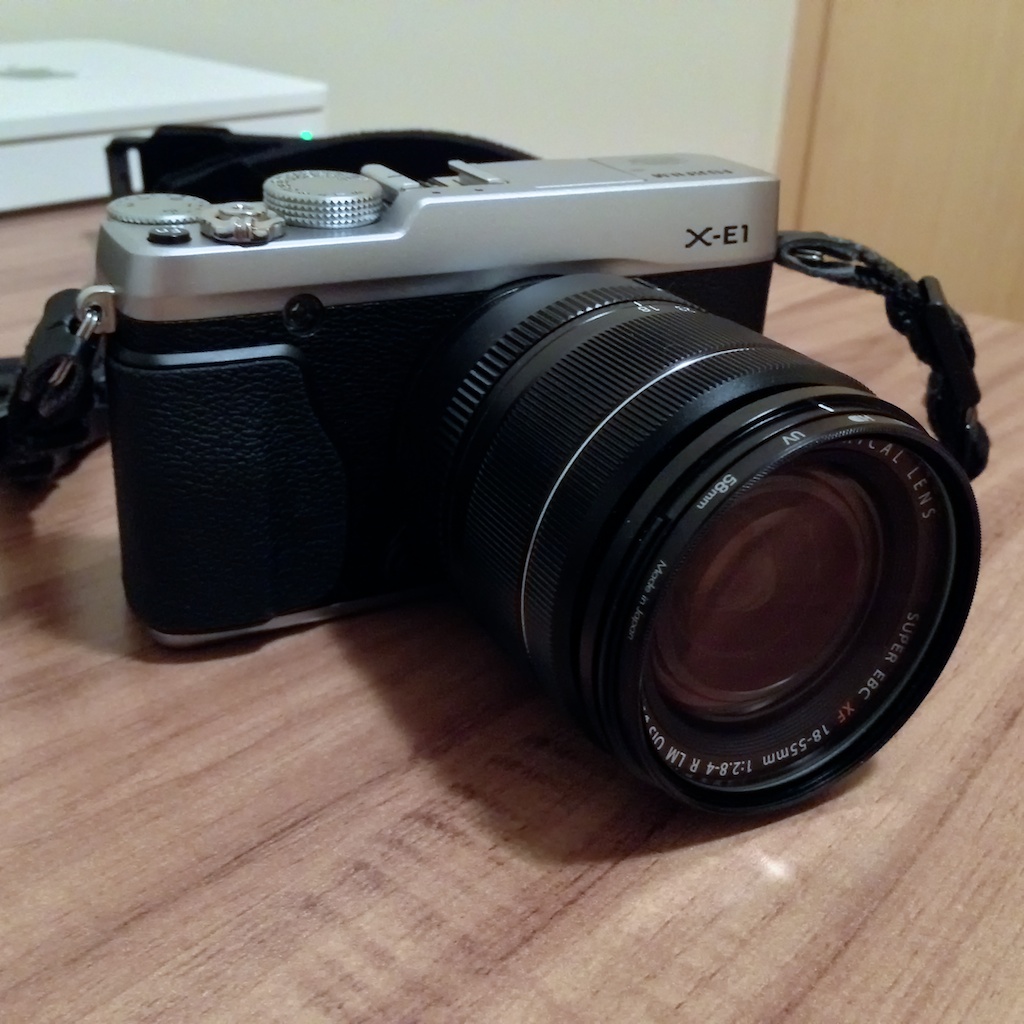
Yesterday I read a very interesting article about the “death” of DSLR cameras written by photographer Trey Ratcliff. Trey was a longtime Nikon system user like me, and he recently moved to the Sony NEX system. I also moved away from Nikon to a smaller camera form-factor, but to Fujifilm X-mount instead. Since I have a very similar line of thought like his, I decided to write a bit about why I think DSLRs are on decline and why I moved away from them.
I’ll probably get a lot of hate comments about this, but here it goes.
Background: technology is bridging the gap
If we look a few years back, DSLRs were the best cameras we could get when it came to image quality. A good camera body and great lenses were essential to photographers so they could maximize their talents. Full-frame sensors and very fast and expensive lenses were on the wishlists of many professional photographers and hobbyists.

This is what my gear looked like a few years ago
Then the technology evolved. Sensors got bigger and better, new technology came up to maximize the light capture by sensors, miniaturization allowed smartphone cameras to match or even surpass point-and-shoot cameras, electronic viewfinders became very responsive and sharp, and so on. The image quality gap between DSLRs and the rest is closing fast. Take the shots below as an example. One is from my Nikon D90 with a high-end Nikon 16-35mm f/4G ED VR lens, the other is from an iPhone 4S.

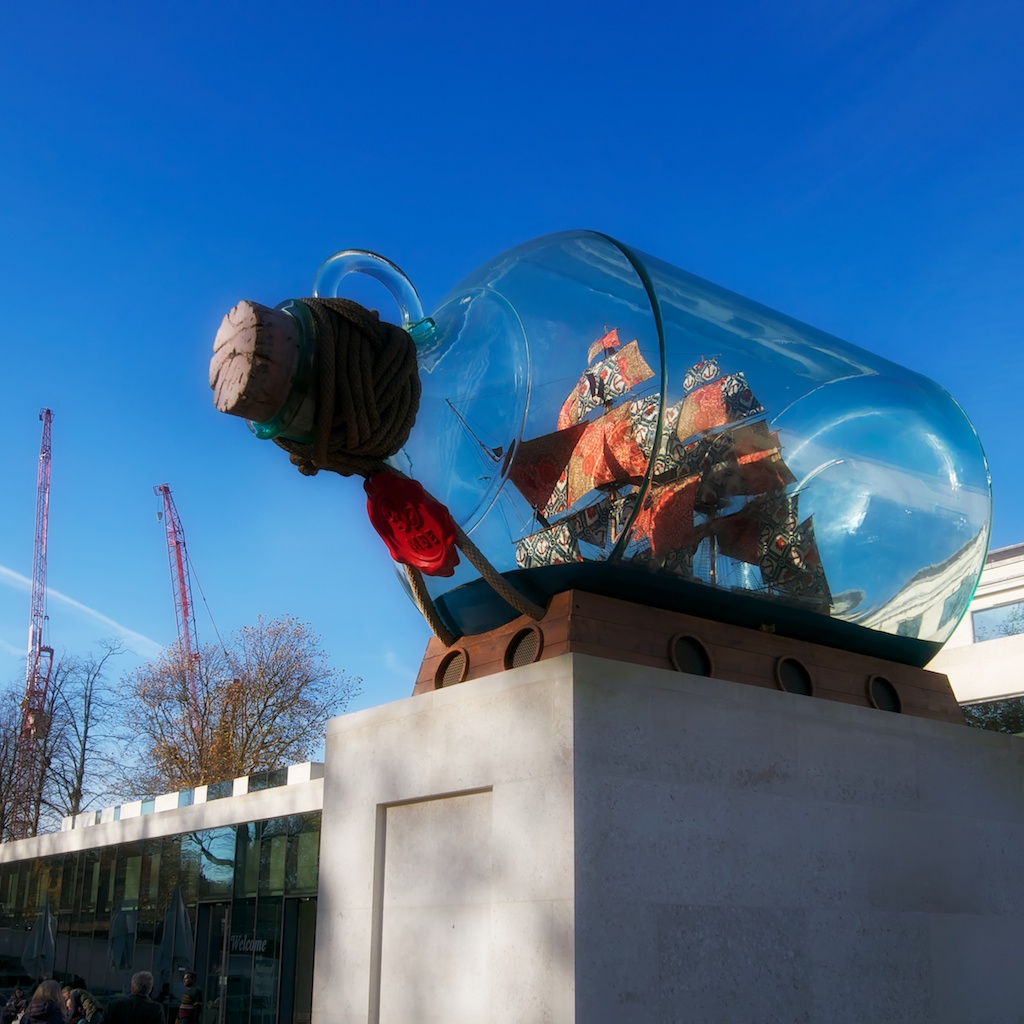
Camera samples: iPhone 4S vs. Nikon D90 + Nikon 16-35mm f/4G ED VR
Of course, the difference in image quality is still noticeable, but not as clear as it was nearly 10 years ago, as you can see in the shots below, comparing a compact point-and-shoot from 2004 and a DSLR from 2009.
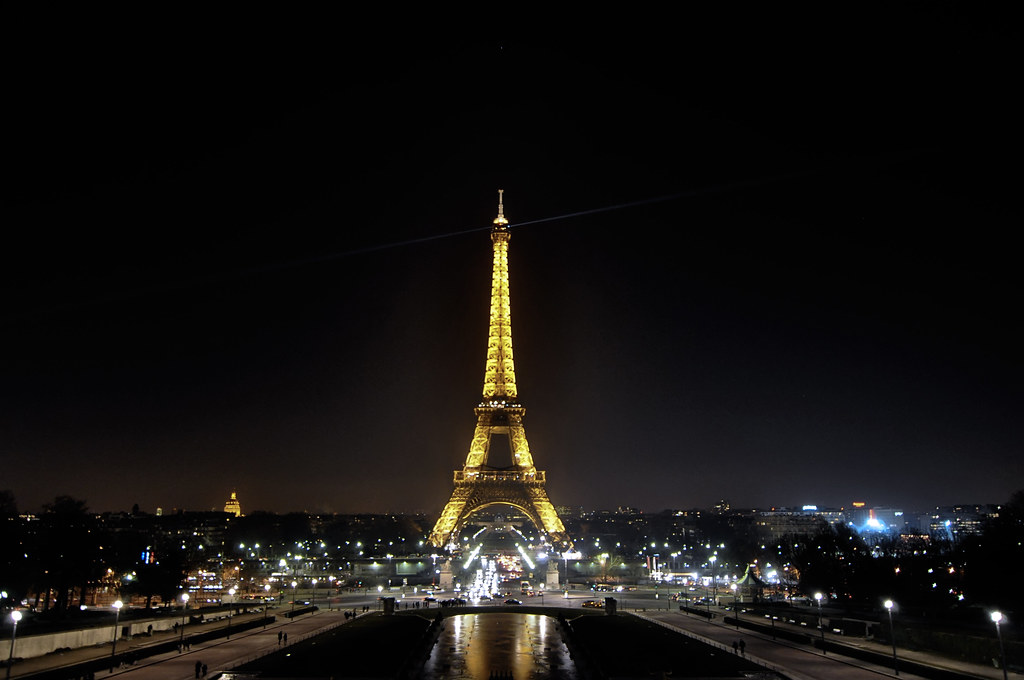
Canon Powershot A85 vs. Nikon D90 + Tokina 11-16mm f/2.8
And if we take a look at the current mirrorless systems, like the Canon EOS-M, Sony NEX-7 and Fujifilm X-Pro 1/X-E1, they are on-par with the current lineup of DSLR cameras, except for full-frame models. So, the question I asked myself was: should I move to full-frame or get one of these smaller, more portable systems?
To answer that, let’s go back to last couple years.
Motivation: carrying weight is very annoying
One of my favorite photographers, the late Galen Rowell, used to write in his columns that we should always travel light when it comes to photography. This allows us to move freely and easily to reach the best spots for the best shots.
In 2011, I went for a photography trip in the Alps in the middle of winter. Despite having read all Galen’s columns, I ignored his advice and took with me a camera body, an ultra-wide-angle lens, a fast prime and a tele lens. Well, that sucked, because I was getting tired very fast at high altitude. Even though I got some very good shots, like the one below, it wasn’t very pleasant.

I managed to get shots like this, but it could have been easier.
Nikon D90 + Tokina 11-16mm f/2.8
Lesson learned, last year I went to Yosemite National Park and carried only the Nikon 16-35mm f/4 ED VR lens. Problem: it weighs 680g, so with the camera, extra battery and some essential accessories, I was carrying nearly 2kg of photography gear alone. Although this lens is the sharpest Nikon lens available (maybe tied with the 14-24mm f/2.8), it also is very uncomfortable to carry around.
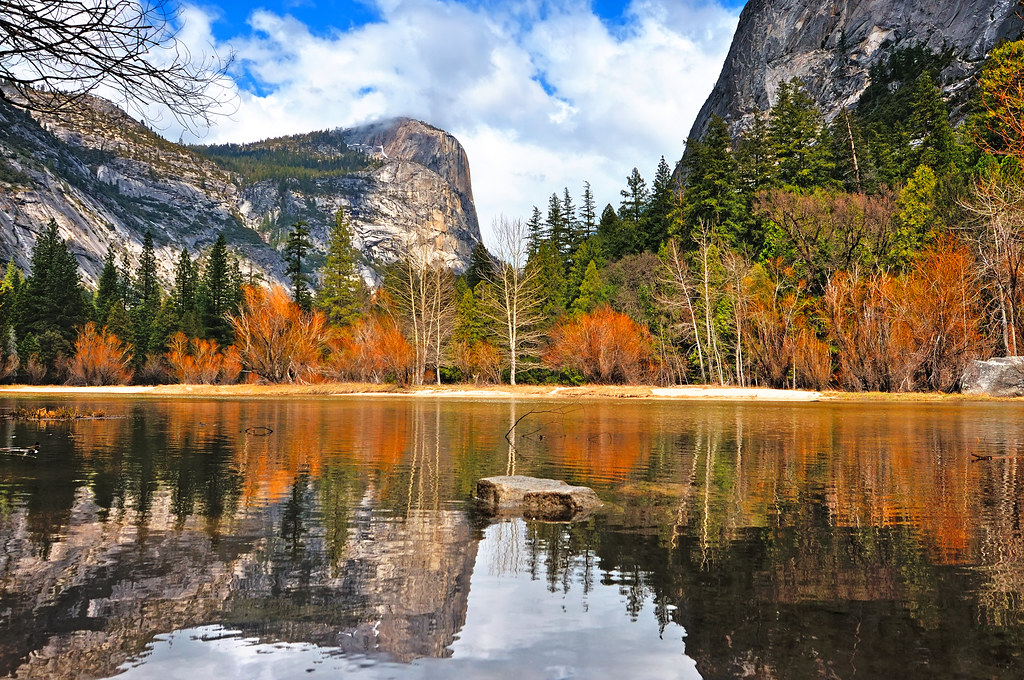
Very sharp lens, great image quality, but too much weight.
Nikon D90 + Nikon 16-35mm f/4G ED VR
When walking around cities, it is even worse, because the weight problem is added to the fact a DSLR bazooka calls too much attention to yourself. So after that trip, I decided to move to something smaller.
The full-frame siren’s call: failed
Whenever I was researching about a new camera system, I inevitably hit a full-frame review, especially with the great new releases by Canon and Nikon. The dynamic range picked up by a full-frame sensor is ridiculous, and the performance in high ISO is much better than the average APS-C camera. But is it worth the cost and weight?
I payed a visit to B&H earlier this year to check on the latest full-frame releases and got my answer. After playing around with a D800, X-Pro 1 and a NEX-7, I came to conclusion that I don’t need the full-frame sensor for most of my work. And I think a lot of people already realize they don’t as well.
If we take a look at DSLR sales, we can see from the latest data that they are on decline. For the first time in 10 years, DSLR camera shipments are on decline. And a big one: 10-15% down. This is very significative, especially because this is a market that had been growing double-digits every year in the past decade. This means that not only the average consumer, but enthusiasts and some professionals, are also moving away from DSLRs.
I believe that, in a few years, DSLRs will become a niche product. Like I said yesterday on Facebook/Google+: “The same cars vs. trucks metaphor Steve Jobs used to describe the post-PC era applies here”. At the D8 conference, Steve said:
“When we were an agrarian nation, all cars were trucks, because that’s what you needed on the farm. But as vehicles started to be used in the urban centers, cars got more popular. Innovations like automatic transmission and power steering and things that you didn’t care about in a truck as much started to become paramount in cars. … PCs are going to be like trucks. They’re still going to be around, they’re still going to have a lot of value, but they’re going to be used by one out of X people”.
This is exactly what is going on in the camera market. Most of us will be satisfied with smartphone cameras and powerful compact cameras. DSLRs will be used by professionals and some enthusiasts only.
Moving away from DSLRs: from Nikon to Fujifilm X-mount
After a lot of research and tests, I decided to get the Fujifilm X-E1 because it is the best camera for what I do: landscape photography.
The lack of an anti-aliasing filter makes it very sharp, which is only possible because of the new X-Trans CMOS sensor. This technology, unlike almost all digital cameras, doesn’t use a Bayer color filter array in front of the sensor. Bayer CFAs are susceptible to false color artifacts when shooting images that contain finely repeating patterns, and this problem is minimized by the addition of an anti-aliasing (low pass) filter in front of the sensor. Such filter blurs image detail in such a way that the color artifacts are minimized, at the cost of loss of definition. The CFA on the X-Trans sensor has a more irregular pattern, to emulate the random grain structure of film, and bypass the problem, so that the removal of the anti-aliasing filter is possible.
The result of this is extreme sharpness that is much better than what I used to get on my Nikon system. Take a look:
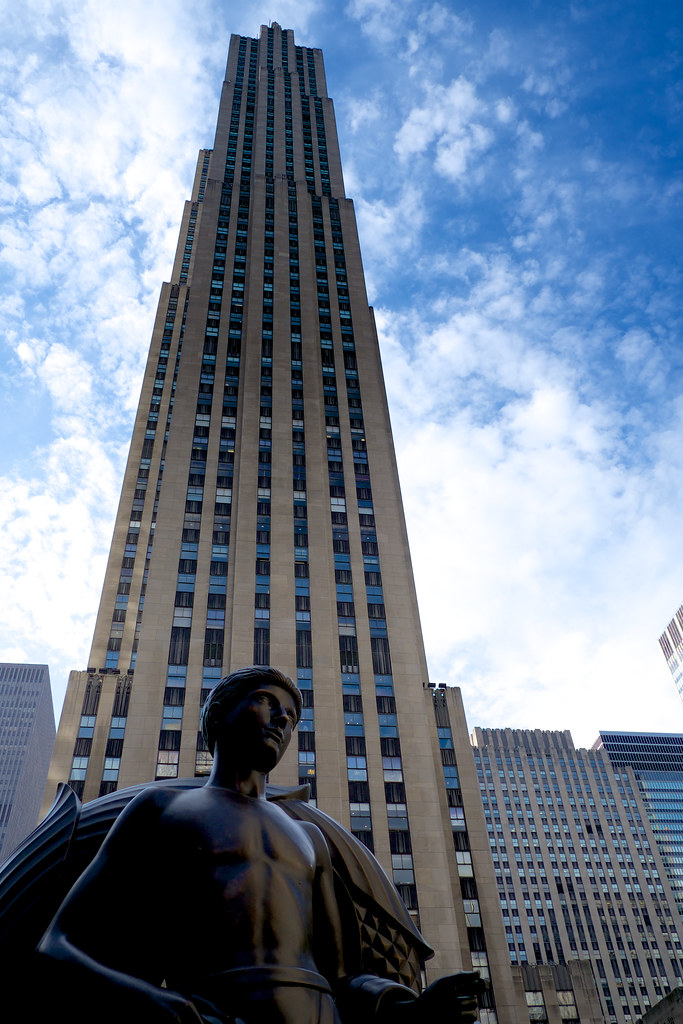
Nikon D90 + Nikon 16-35mm f/4G ED VR vs. Fujifilm X-E1 + Fujifilm 18-55mm f/2.8-4 OIS
Based on my latest shots, I can tell you that there is no compromise between portability and quality here. The camera really excels in performance.
In fact, the camera is so good that I was able to make some crazy 80-megapixel panoramas with great detail.

80-megapixel panorama of Lower Manhattan: great detail
The Fujifilm X-E1 performs very well in high ISO as well. It is probably the best APS-C camera I have seen so far in this regard. Even when shooting at ISO 6400, the grain is acceptable. And when the RAW is processed to TIFF, the grain almost disappears.
Based on that, I don’t think I will ever use a flash with this camera.
Another cool thing about the Fuji X-mount is that the company makes a very clever M-mount adapter, so you can use Leica M-mount lenses. That way, you may get some great lenses and wait while Leica doesn’t upgrade properly the M-E/M9.
The controls on this camera are also great. Everything is at hand: shutter speed, aperture, ISO. You just need to keep an eye on the viewfinder and concentrate on the shot without having to fiddle with menus.
Conclusions and recommendations
Overall, I think this was a great move. The Fujifilm X-E1 has great performance and great lenses available, and it does not look like a loser when you compare it to multi-thousand dollars full-frame DSLRs.
If you are looking for great image quality and portability, I really suggest you to take a look at the newest systems: Canon EOS-M, Fujifilm X-mount and Sony NEX. Unless you are a professional that really needs what a full-frame DSLR has to offer, these will probably suffice (and not break your back).
As a side note, I also tested the Canon EOS-M, which is a great system if you have a lot of good Canon primes and don’t mind the lack of a viewfinder.

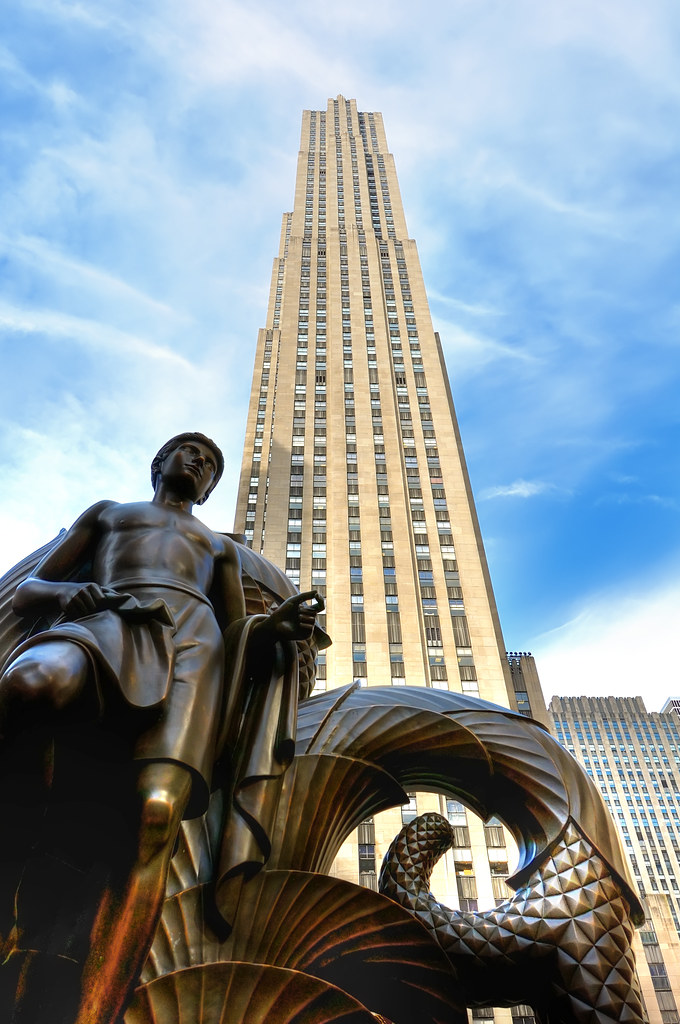

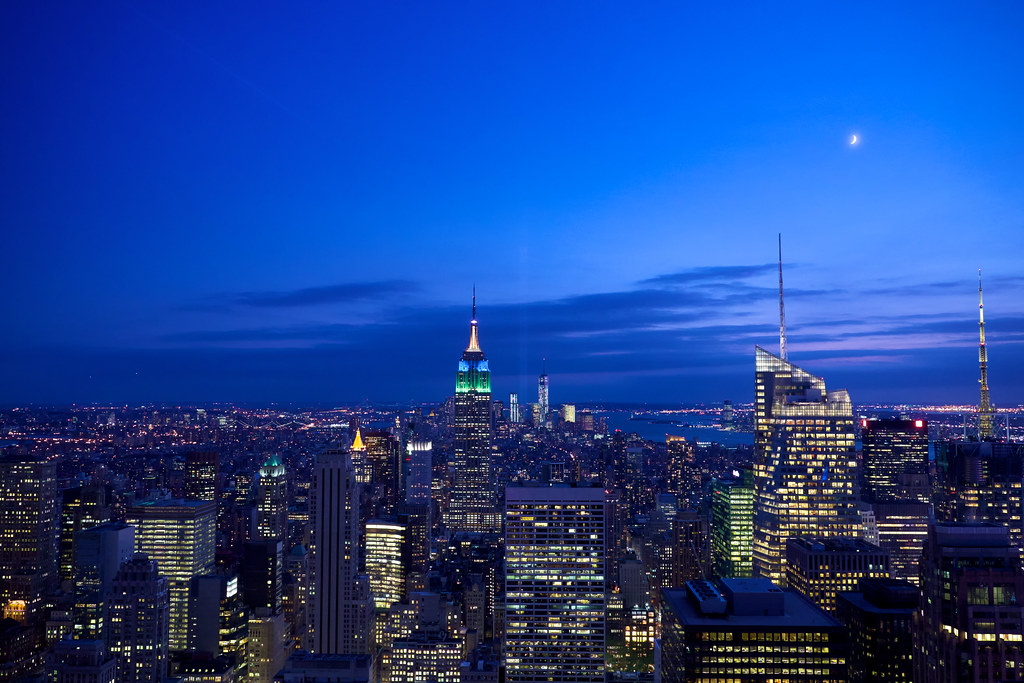

So what camera do you recommend as best for entry level ? Thanks.
In this category (mirrorless cameras), if you don’t mind the lack of an eye-level viewfinder, I would check the Fujifilm X-M1 or the Canon EOS-M.